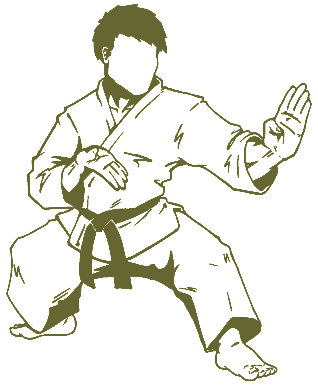
|
+41 26 321 43 26
|
||||||
|
|||||||
|
|||||||
| Main » Federation | ||||
|
Kata and Kumite Kata is the system of fighting motions which includes all main technical action and movements existing within the style. The person performing Kata leads a meditative combat against several adversaries, attacking at the same time, of different sizes and having different styles and techniques with regard to the use of blows and weapons. Kata reconstitutes the condition of a real fight, and has a direct effect on one's subconscious. As a result it produces an automatism of movements and reflexes. 
In the Sindo Ryu school, like in other "real" karate schools (of which there were a few up until WWII and now even fewer) Kata and Kumite are not diametrically opposed. These two methods, which are complementary to one another, are designed for attaining the same goal - developing the ideal fighter. But it goes without saying that in traditional schools (like in Sindo Ryu) that Kata is considered to be the most important element and the Kumite secondary. You see, each Kata offers you not only a set of technical movements inherent to the given style, but above all a meditative bout against several adversaries of different size and having different styles, techniques and weapons. If the practice of Kata is approached with this principle in mind then it imperceptibly unclenches within the disciple the ability to act and react in any fight ,whether it be in training or in reality, automatically. You know, it is indeed in the process of the dynamic meditation (Kata) that the combinations of blows and kicks, evasions and blocks, attacks and leaps are drilled into the mind. It's all a question of getting the performance of Kata to the level of meditation. Otherwise little use can be obtained from these exercises in regard to the preparation to of a real fight to the death. In most schools such is the case: only the normative fundamentals of the school can be seen, that "obligation" that must be "passed" in order to obtain the next belt. In the Sindo Ryu school, however, such much energy and internal thought is thrown into the practice of Kata that even beginners feel that each Kata training session is like a real serious fight. The program of the Sindo Ryu school provides for the teaching students of fighting Kata. Students master 12 kata without arms (including 2 breathing-energizing). Kata without weapons:
5 kata with weapons - to be mastered by holders of the "Dan" level::
Kumite (sparing) includes the following types:
|
|||
| Federation History Workshop Styles President Contact |
|
OKINAWA KARATE FEDERATION All right reserved © 1997-2025 e-mail:
press@okinawakarate.org
|